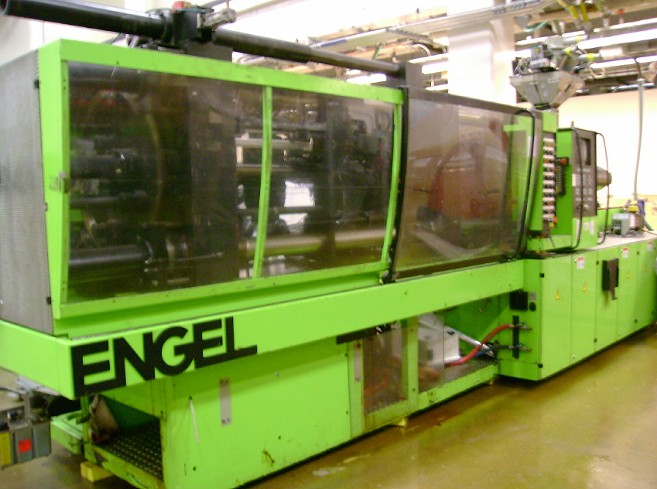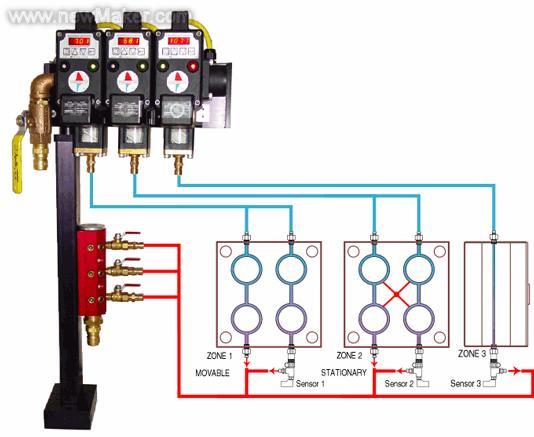缅军主和派腊铁温中将出任缅军总参谋长
luyued 发布于 2011-05-24 16:26 浏览 N 次
缅甸新政府重大动态
缅军主和派腊铁温中将出任缅军总参谋长
右一腊铁温中将
腊铁温中将随杜雅瑞曼军事代表团出访中国、俄罗斯、北朝鲜
右一腊铁温中将
新都消息,丹瑞大将已经任命三军训练总长腊铁温中将担任新的三军总参谋长,为军内排列第三号位置。
三军总参谋长在2002年设立,除陆军日常事务外,兼管海军、空军总司令。
三军训练总长腊铁温中将简历:国防大学20期毕业,为军内主和派,主张通过谈判和平解决国内分歧,主张与民主派、民族集团对话和解,在政治反对派,民主派,民族组织,僧侣,军内中下级军官中威信甚高。
腊铁温准将为缅军精锐仰光卫戌师机动11师长师长,2006年1月30日接替敏遂少将担任仰光军区司令。敏遂少将旋升中将,任国防部兵团司令兼国防部军事安全总局局长。
2007年10月4日,在僧侣‘袈裟革命’数十万民众上街游行时,腊铁温拒绝三军总司令、副总司令、陆军总司令部命令,拒绝指挥部队开枪镇压僧侣学生民众,为丹瑞下令免职、交付军法审判。腊铁温将军被僧侣、学生、民众、青年军人誉为‘民主英雄,军人良心。’
当时,杜雅瑞曼上将反对开枪镇压僧侣学生民众,但是在丹瑞、孟诶签发开枪镇压命令后,杜雅瑞曼上将下令执行,但要求司令官们,‘留有余地,务必少流血。’
2008年11月丹瑞意外命腊铁温中将出任三军训练总长,并随同缅军3号杜雅瑞曼上将率领的17人高级军事代表团出访北韩俄罗斯中国,制定缅甸国防现代化实施规划。
成员依次排列为防空兵(导弹部队)司令敏来中将、腊铁温中将、钦昂敏少将、登铁少将、米亚温少将。
腊铁温中将在军内与杜雅瑞曼上将,杜雅敏昂中将为军内鸽派。此次出任三军总参谋长,由杜雅瑞曼上将推荐,得到总统登盛,海军总司令、空军总司令支持。
丹瑞决定腊铁温中将担任新的三军总参谋长,权威人士分析认为丹瑞‘在于平衡陆军主战派势力,向国际国内展示缅甸新政府温和的另一面孔’。
据缅军三军总司令部消息,‘已经签发提升腊铁温中将,海军总司令年通中将,空军总司令米亚亨中将为上将的任命。正式命令将于4月中发布。
最近参加巴图军事要塞中央军校114期毕业典礼时,缅军大本营高级将领排列顺序为:
在三军总司令后、依次为‘国防部首长腊铁温中将,海军总司令年通中将,空军总司令米亚亨中将’。
腊铁温地位已经位于海军总司令年通中将,空军总司令米亚亨中将之上。
附件:
缅甸秘密高级军事使团前往北韩访问
Burma’s Secret Mission to North Korea
By AUNG ZAW JULY, 2009 - VOLUME 17 NO.4
Gen Shwe Mann (left) and Gen Kim Kyok-sik sign a memorandum of understanding at the defense ministry in Pyongyang.
Burma’s armed forces appear to be going through a major reorganization, with sophisticated upgrades to include missiles, tunnel complexes, defensive rockets, anti-aircraft radar and command and control facilities
GEN Thura Shwe Mann, the Burmese regime’s No 3 man, made a secret visit to North Korea in November 2008.
As chief of staff of the army, navy and air force, and the coordinator of Special Operations, he led a 17-member, high-level delegation on a seven-day visit to Pyongyang, visiting, among other sites, secret tunnel complexes built into the sides of mountains to store and shield jet aircraft, missiles, tanks and nuclear and chemical weapons.
Accompanied by air defense chief Lt-Gen Myint Hlaing, Lt-Gen Hla Htay Win, Maj-Gen Khin Aung Myint, Maj-Gen Thein Htay, Maj-Gen Mya Win and senior officials from heavy industries, the delegation was clearly on a mission to cement stronger military ties with the reclusive, hermit state.
On November 27, Shwe Mann and his North Korean counterpart, Gen Kim Kyok-sik, signed a memorandum of understanding, officially formalizing military cooperation between Burma and North Korea.
North Korea will reportedly build or supervise the construction of some Burmese military facilities, including tunnels and caves in which missiles, aircraft and even naval ships could be hidden. Burma will also receive expert training for its special forces, air defense training, plus a language exchange program between personnel of the two armed forces.
It is reported that as early as 2002-3, Burma began constructing underground tunnels and caves to hide and protect aircraft and weapons, as well as to house a central command and control facility.
During his seven-day visit, Shwe Mann visited radar and jamming units in Myohyang, a highly sophisticated anti-aircraft unit, air force units and a computerized command control system in Pyongyang.
The delegation also visited a surface-to-surface (SCUD) missile factory, partially housed in tunnels, on the outskirts of Pyongyang to observe missile production.
The SCUD-D missile, with a range of 700 kilometers, and SCUD-E missile, with a range of 1,500 kilometers, could easily intimidate Burma’s neighbors, including Thailand. It is believed that Burma already has deployed six radar air defense systems along the Thai-Burmese border.
During the visit, the Burmese were also particularly interested in short-range 107 mm and 240 mm multi-rocket launchers—a multi-purpose missile defense system that could be used in case of a foreign invasion, analysts said.
Also of great interest was the latest in anti-tank, laser-guided missile technology that can be deployed within an infantry division. (As this issue goes to press, a North Korean ship, the Kam Nang 1, believed to be carrying weapons of some type, is due to dock in a Burmese port. The same ship made a mysterious port call to Burma in 2007.)
Historically, Burma has procured small arms, jet fighters and naval ships from the West, namely the US, Britain and some European countries. But after brutally crushing the 1988 democracy uprising, it faced Western sanctions and Burmese leaders desperately looked for new sources of weapons and ammunition to modernize its armed forces. Over the last two decades, Burma has bought jet fighters and naval ships from China, but increasingly it’s looked for alternative sources because of low quality and poor after-sales service. Burma has also bought jet fighters, arms, ammunition and hardware from Russia, Pakistan, India and Eastern European countries.
In the past, Burma purchased a “Pechora” air defense system—a Russian-made, surface-to-air, anti-aircraft system. Analysts say that Russians have also provided technical training and language courses to Burmese technicians.
The Burmese junta is clearly on a new mission to strengthen its military capacity, while earmarking its precious foreign reserves not to aid the people, but on more and more sophisticated weapons.
The Irrawaddy has extensive coverage of the Burma-North Korea issue at www.irrawaddy.org.
- 06-21· 爱可视605WIFI暑促!购机还送
- 06-21· 疯狂降价1200元爱可视404
- 06-11· Ellen呼吁粉丝协力阻止捕杀
- 06-11· 【引用】『八卦』未来英
- 06-10· 升级Android 2.2!爱可视101评
- 06-10· 爱可视环球首发5款Androi
- 06-09· 台湾母子3人因贫病交迫中
- 06-09· Genetically modified tobacco co
- 06-09· 英国《独立报》:中国女演
- 06-09· Rascal Flatts - Summer Nights (
- 06-09· 收音机厂商(22)
- 06-08· 问板终极贴【2009年6月20日
- 06-08· 爱可视平板电脑新品 让你
- 06-08· 升级Android2.2!爱可视101平板
- 06-08· 法国爱可视推出限量版上
- 06-08· 高清之王爱可视AV530仅售
- 06-08· ARCHOS-605 爱可视--30GB-触摸
- 06-08· [转载]【原创】爱可视10
- 06-07· c++标准库中endl的实现(转
- 06-07· 单指令多数据的程序优化




![[原创]爱可视,因你而精彩](http://www.okpinpai.net/uploads/userup/3/142199037279.jpg)





